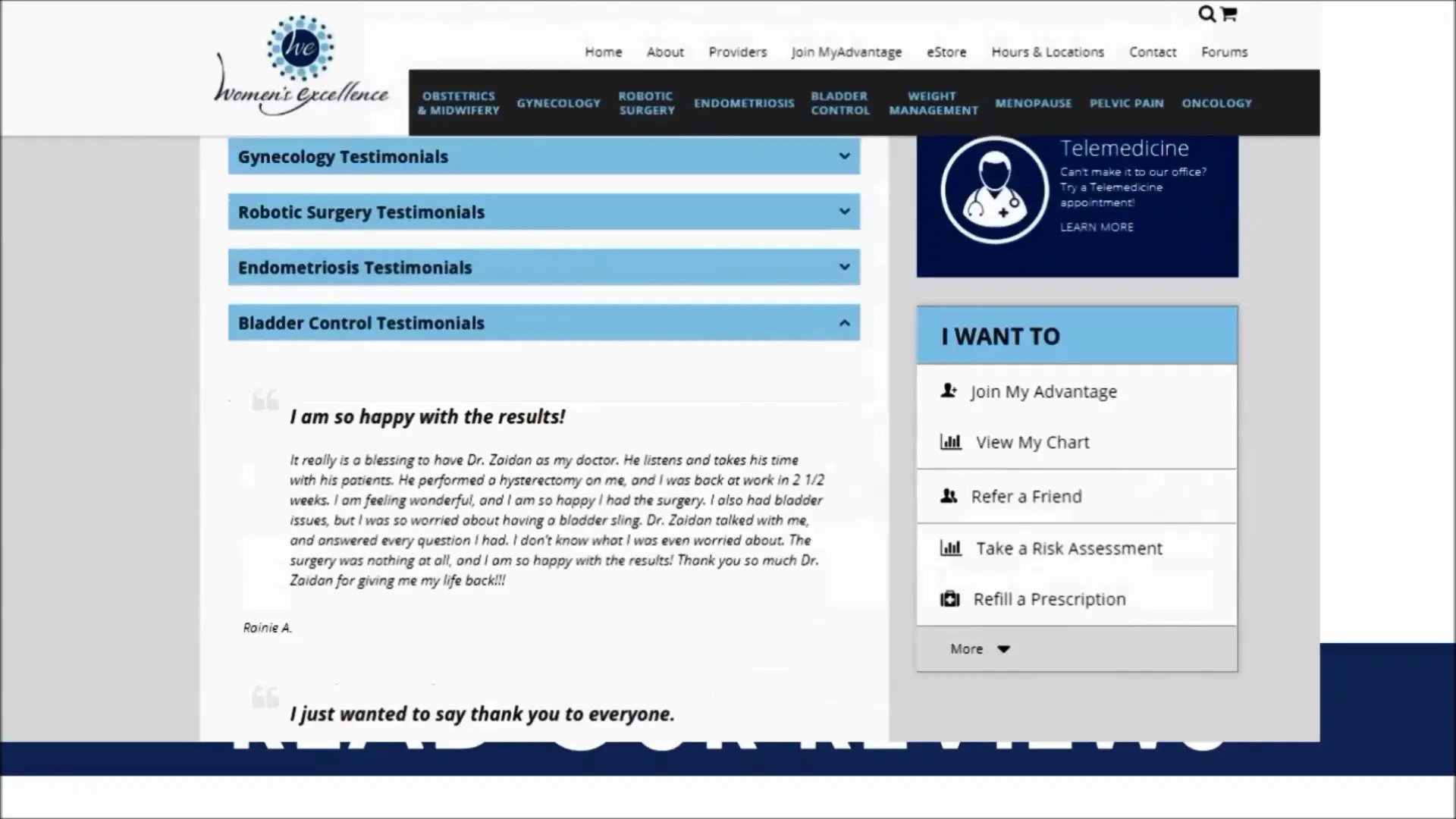Your baby is born and in your arms…but the work of labor is not yet complete. The third, or final stage of childbirth, known as the placenta delivery or afterbirth, is a very important one.
Your placenta, the organ whose crucial job was to feed and provide essential nutrients for your baby’s growth and development, and disposal of waste throughout pregnancy, has now completed a major job.
The delivery of the placenta marks the end of an era of your pregnancy, and the beginning of a new one–life for your baby, outside the womb.
The placenta is an incredible example of nature’s perfect creation. Ask your midwife to see your placenta and explain in detail what you are visualizing. It was an amazing part of your pregnancy.
The final stage of childbirth, or delivery of the placenta, can last anywhere from 5 to 30 minutes after giving birth.
Rhythmic contractions occur after baby’s birth to help contract the uterus and separate the placenta from the uterine wall. This tightening is helping to squeeze the uterus and help the uterus sever the blood vessels that once provided the placenta the ability to provide for baby.
Once it is separated, it moves down through the birth canal and is pushed out. It does not require near the level of exertion necessary when pushing out baby, so don’t worry. Pushing out the placenta typically is achievable in one gentle push. In fact, many women are so engaged in seeing baby for the first time that this part of the birthing process is quickly forgotten.
Once the placenta is out, the uterus will shrink to just under the belly button. This contraction of the uterus helps to stop the bleeding from where the placenta used to be attached. Your midwife will watch to be sure that before and after the placenta is out that the mother is not bleeding heavily. If heavy bleeding occurs, your midwife will take immediate action to stop it from progressing to a dangerous situation.
Once the placenta is out, birth is complete! At this time, the uterus and perineal area is inspected for areas needing additional attention or the need for perineal repair.
After the baby and placenta are birthed, expect discharge from the vagina. The amount is very similar to a heavy menstrual period. This is called lochia. Lochia is a bloody discharge that comes from the vagina. This heavy menstrual like period will last for approximately one to two weeks. If any clots are passed that are larger than a golf ball, it is important to notify the nurse or midwife. It is also very important that one peri-pad is not saturated in less than an hour. If this occurs, immediately notify the midwife.
Normal emotional and physical responses for many women after giving birth can include any emotions. All are pretty normal.
They include:
- Feeling elated, excited, or intense feelings of love and affection toward baby.
- Often depending on how long labor and birth lasted, feelings of thirst and hunger may be overwhelming.
- Varying levels of anxiety or nervousness, feeling fearful and exhausted are also typical. Some new parents also report not feeling immediately attached to their new little one at birth. This is normal for both mom and dad. Sometimes parents may need additional time to get to know their baby. This bond can take time as mom, dad and baby get to know one another.
- Motherhood is one of the most rewarding journeys in a woman’s life…and it begins with pregnancy. Be proud of yourself. You did it!
Keeping up with your prenatal care is important. Be sure to contact us or use our chat to schedule an appointment with one of our practitioners. We can answer questions about placenta delivery and other aspects of childbirth when you are here for your appointments.







